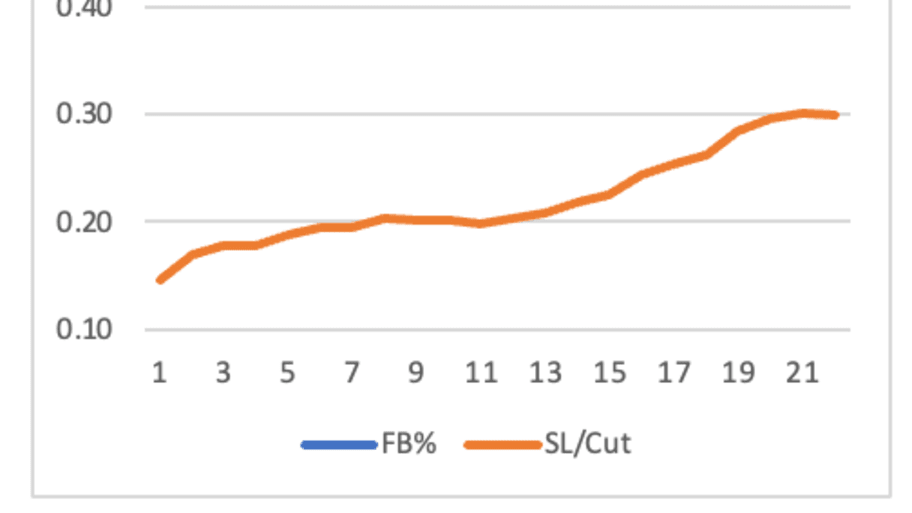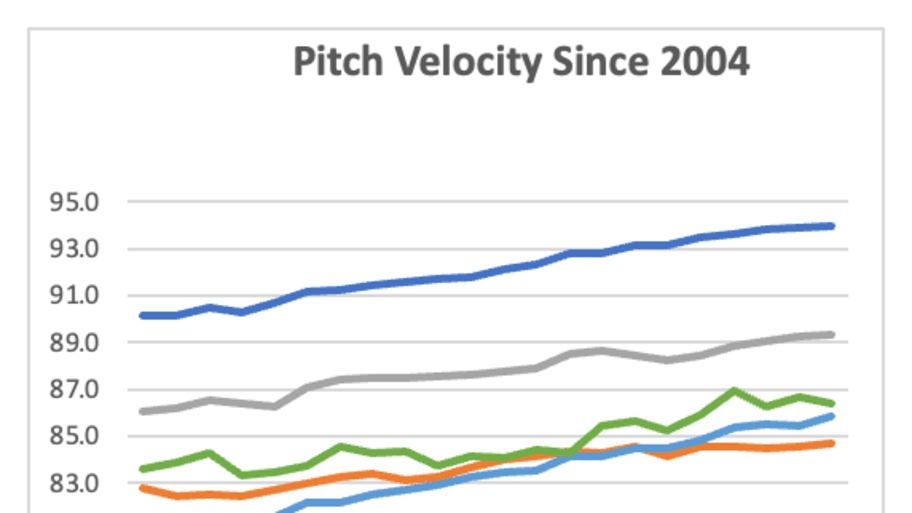
The Arizona Diamondbacks are experiencing a rash of pitcher injuries, devastating their staff and potentially their Postseason hopes. They've had 9 different pitchers spend time on the injured list this year with arm or shoulder related injuries, and will be adding two more later today in Justin Martinez and Christian Montes De Oca.
While that seems like a lot, and has raised questions about how the Diamondbacks manage and treat injuries, it's important to understand pitcher injuries are in fact epidemic in Major League Baseball.
Conducting a manual count from the FanGraphs injury report page, 181 pitchers have spent time on the injured list just two-plus months into the season. That includes 47 Tommy John surgeries, 41 other elbow, 25 flexor/forearm, 18 lat, 50 shoulder/rotator cuff.
That does not include oblique, back, knee, calf, etc. The fact is that keeping pitchers healthy in major league baseball has become an almost impossible task. Pitch count management, load management, monitoring of workload outside the lines, in bullpens, advanced treatments, none of it has helped.
In my view there is a very simple reason why this is happening. Pitchers are throwing too many breaking pitches, and too hard overall on all pitches. It's gone beyond the natural physiology their bodies can tolerate. While there were always examples in every generation of pitchers that could throw hard and not get hurt, they were the exception, not the rule.
It's simply not for everyone. But modern training methods have tried to make it for everyone, despite the obvious evidence that it's not.
TOO MANY BREAKING PITCHES

In 2004, fastball usage was 62.6%. In 2025 it's 47.8%. Slider usage increased from 13.6% to 22.4%, and cutter usage went from 1% to 7.5%. I combined sliders and cutters in the chart above. Bascially the combined use of sliders and cutters has doubled over the last 22 season.
Note that curveball and changeup usage has remained relatively stable, ranging between 9-11% each, although the last two years have seen a slight dip in those two pitches as well. Split-finger use has more than doubled since 2022, but still represents just 3.8% of all pitches thrown.
EVER-INCREASING VELOCITY

Average fastball velocity has increased from 90.1 in 2004 to 94 MPH today. Before anyone argues this increase is caused by measurement differences, that issue was already addressed by FanGraphs and they made the adjustments to account for measuring at release point versus 55 feet in the historical data prior to 2017 when the new system came on line.
Note also that pitchers are throwing every pitch harder, sliders +1.9 MPH, cutters +3.3, curveballs +4.7, and changeups +4.9.
OTHER FACTORS
The above two factors might seem like an over-simplification to some. There are certainly other potential factors contributing to the increase in injuries. But those are the two biggest and most important reasons.
Pitch Clock: The MLBPA has claimed that the pitch clock has led to more pitcher injuries, but that data is inconclusive. It should be noted that several decades ago, the average time between pitches was usually under 15 seconds without men on base. Just use a stopwatch and check out old YouTube videos.
But pitchers weren't throwing as hard then, and threw mostly fastballs. Perhaps the pitch clock is exacerbating the effects of the added velocity and torque from too many breaking pitches.
Youth Baseball
By the time a young pitcher enters a major league organization, they've been throwing at max effort velocity for year, trying to impress scouts. Young amateur pitchers are throwing nearly year round, between youth leagues, travel ball, school teams, etc. They're simply throwing too hard for too long before they ever turn professional.
Solutions
Hitters are too good today to get out easily. Hitters in the past were great too. But if you go back and look at the mechanics and footwork in videos on Youtube, you see a lot more movement, shifting of feet, and off-balance swings from odd-looking stances. Lineups prior to the middle 80's seldom had more than three or four longball threats. Now every lineup has eight hitters who can take you deep on any pitch.
The best ways to change the game if MLB wants to keep pitchers healthy are to deaden the baseball and institute thicker bat handle minimums. That will force most hitters to adjust to a more contact-oriented approach, and leave the slugging to the truly big power-hitters.
In turn, that will allow for pitchers to navigate lineups without needing to throw quite as hard or use as many pitches per at-bat.
Finally, in order to get pitchers to pitch to contact and not rely on trying to strike everyone out, tie contracts to innings pitched incentives more closely than they currently do.
These are all steps MLB could take if they are interested in protecting pitcher health. However it's unlikely these changes will take place. The league and its fans are addicted to the home run, and it's unlikely that we go back in time. So the churn and burn through pitcher arms will continue for the foreseeable future.
More must-reads:
- Jorge Polanco signing shows New York Mets' desperation
- Yankees set a condition to re-sign Cody Bellinger
- The 'AL and NL MVPs since 2000' quiz
Breaking News
Trending News
Customize Your Newsletter
 +
+
Get the latest news and rumors, customized to your favorite sports and teams. Emailed daily. Always free!








